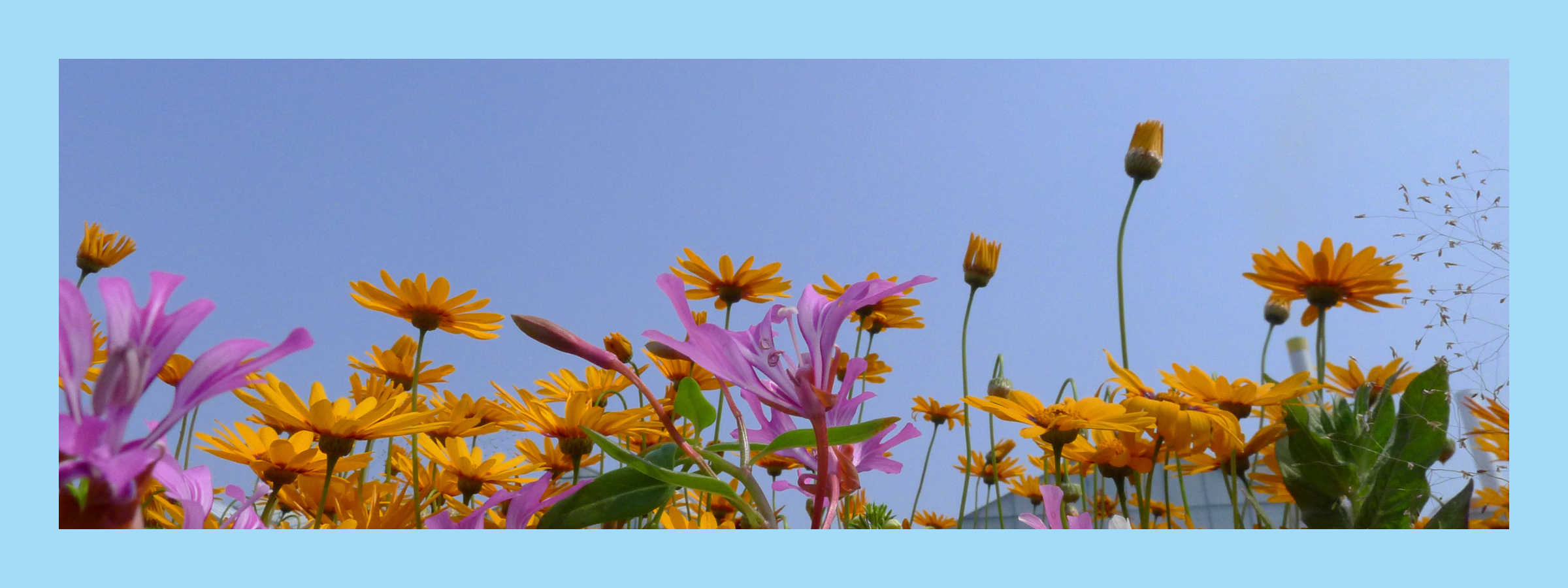
Aromatherapy: what are essential oils used for & how to use them
What are essential oils?
Essential oils are highly concentrated natural extracts produced by plants, derived from leaves, flowers, and stems, which are used in aromatherapy. It takes a large amount of plant products to produce essential oils. A pound of lavender essential oil requires the use of more than 200 pounds of lavender flowers.
Essential oils have been shown to promote healthy sleep, relieve headaches, nausea and alleviate pain due to their anti-fungal, antibacterial, and antiviral properties. This makes them useful products in your medicine cabinet. Furthermore, essential oils have been shown to improve skin conditions, treat the common cold, encourage healthy digestion, and reduce anxiety.
How to use essential oils
1. Diffuser
An oil diffuser is a device that breaks essential oils down into smaller molecules, dispersing them into the air for a pleasant or calming effect. Popular types of diffusers used: ceramic, electric, candle, lamp rings, reed diffuser or ultrasonic.
2. Simply Inhale
The easiest method of inhalation is to open a bottle of pure essential oil and inhale deeply a few times. But don’t let the undiluted oil touch your skin. Or you can try the steam method. You’ll need a bowl of hot water and a towel.
- Place the bowl on a table and add a few drops of essential oil.
- Place a towel over your head and the bowl.
- Close your eyes and deeply inhale the steam for several minutes.
- Repeat a few times throughout the day.
3. Dry Evaporation
This is a great and easy way to bring this essential oil with you to treatment and appointments. Simply use a cotton ball or fabric. Add a few drops of essential oil to the material and hold this to your nose and inhale or allow the scent to disperse naturally. You can add the material to the vents in your car, your shirt collar, or your pillowcase.
4. Bath & Shower
Dilute a few drops of essential oils with a carrier oil before adding it to your bathwater. Or try adding a few drops of essential oils to your shampoo, conditioner, and body wash. For showers try adding a few drops to the shower walls and inhale deeply as you shower. Or add a few drops of diluted essential oil to a warm washcloth that can be used for inhalation and to gently exfoliate your body.
5. Skincare
You can use essential oils for skincare and massage in a variety of ways. But always dilute essential oils with a carrier oil before putting onto your skin. Another option is to add essential oils to your favourite cosmetic products, such as toners, serums, and muscle rubs.
Are essential oils safe?
Essential oils may have many benefits but you also need to remember there are some risks. People who shouldn’t use essential oils without a doctor’s recommendation include:
- Older adults
- Children younger than 12
- Women who are pregnant or breastfeeding
- Make sure to consider pets in the environment. Some essential oils can be dangerous for pets.
Safety guidelines for using essential oils
1. The dosage, precautions for use, duration of treatment, and route of administration should always be respected. Essential oils are extremely active extracts that must be used carefully. Therefore, always keep your essential oil in its original packaging, with its instructions, so you can refer back to them when you need to.
2. Never substitute one essential oil for another, even if their names are similar! The toxicity risks of essential oils vary.
3. Always wash your hands thoroughly after using an essential oil.
4. Keep out of sight and reach of children.
5. Store in its original packaging between 5°C and 30°C, protected from light, air and heat.
6. Talk to a doctor before using essential oils if you take any medications or have any health concerns, including high blood pressure, low immunity, or epilepsy.
Learn more at - 'Make your own Aromatherapy Inhaler'
Youtube - The Benefits of Aromatherapy: Cancer Support & Advice

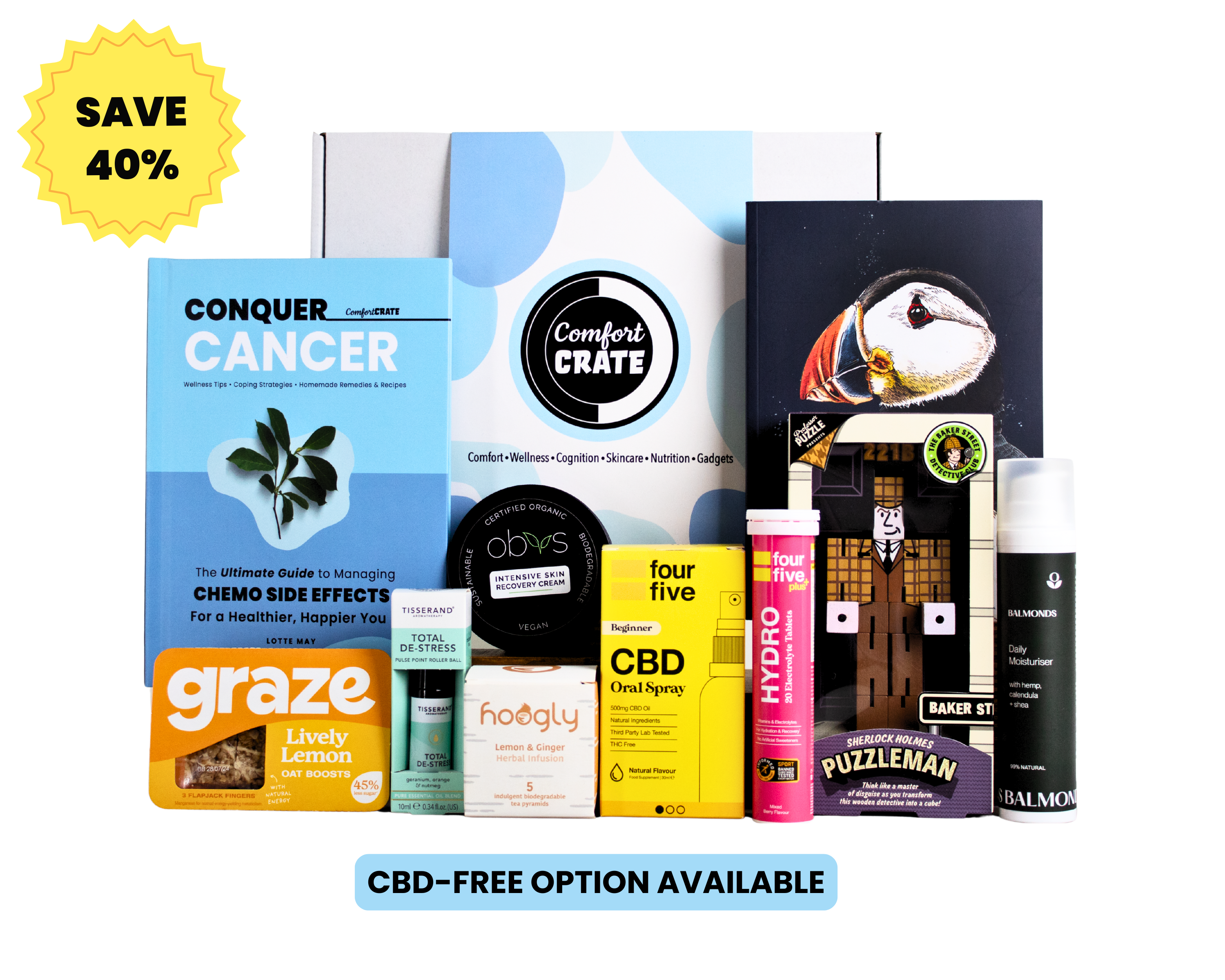
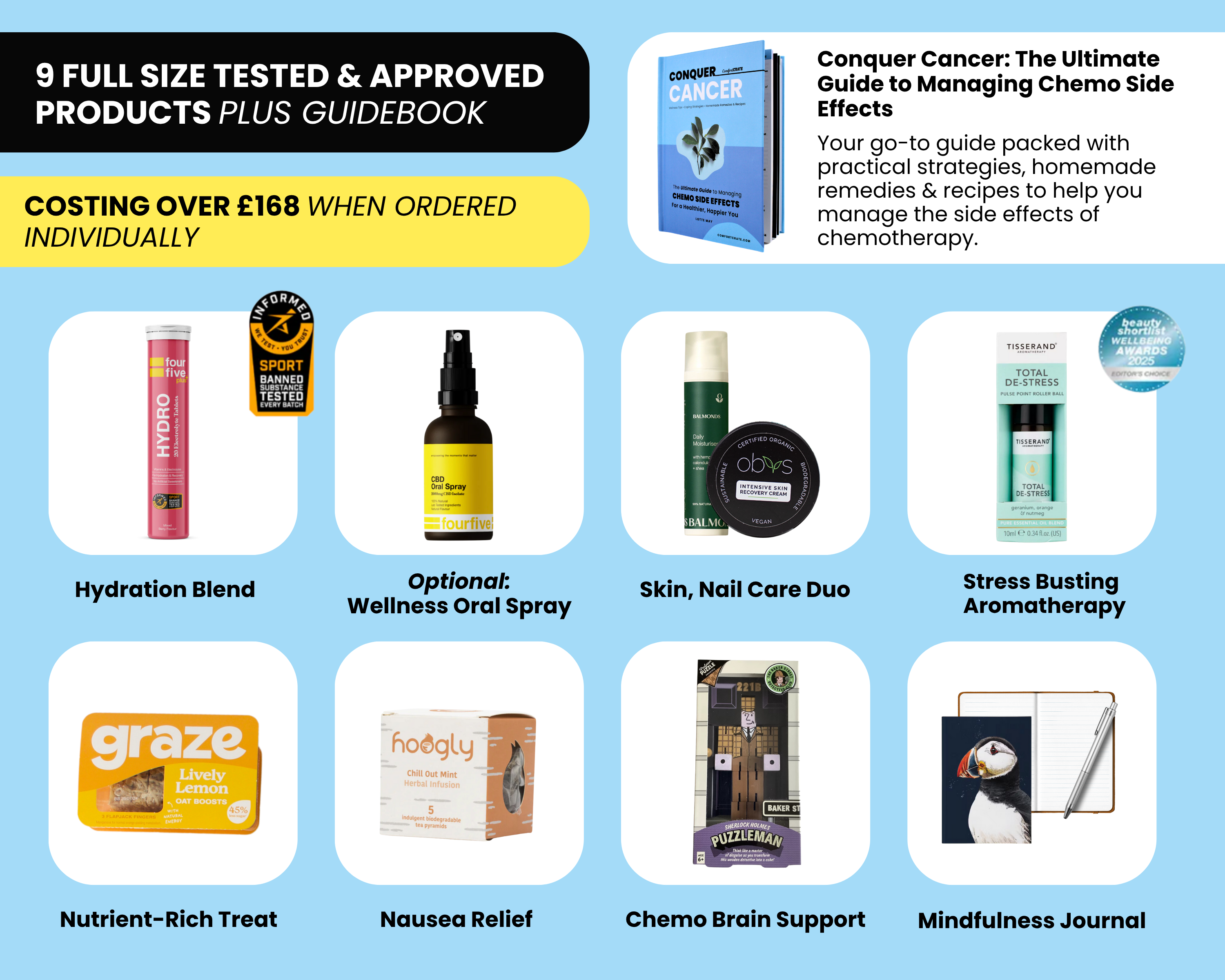
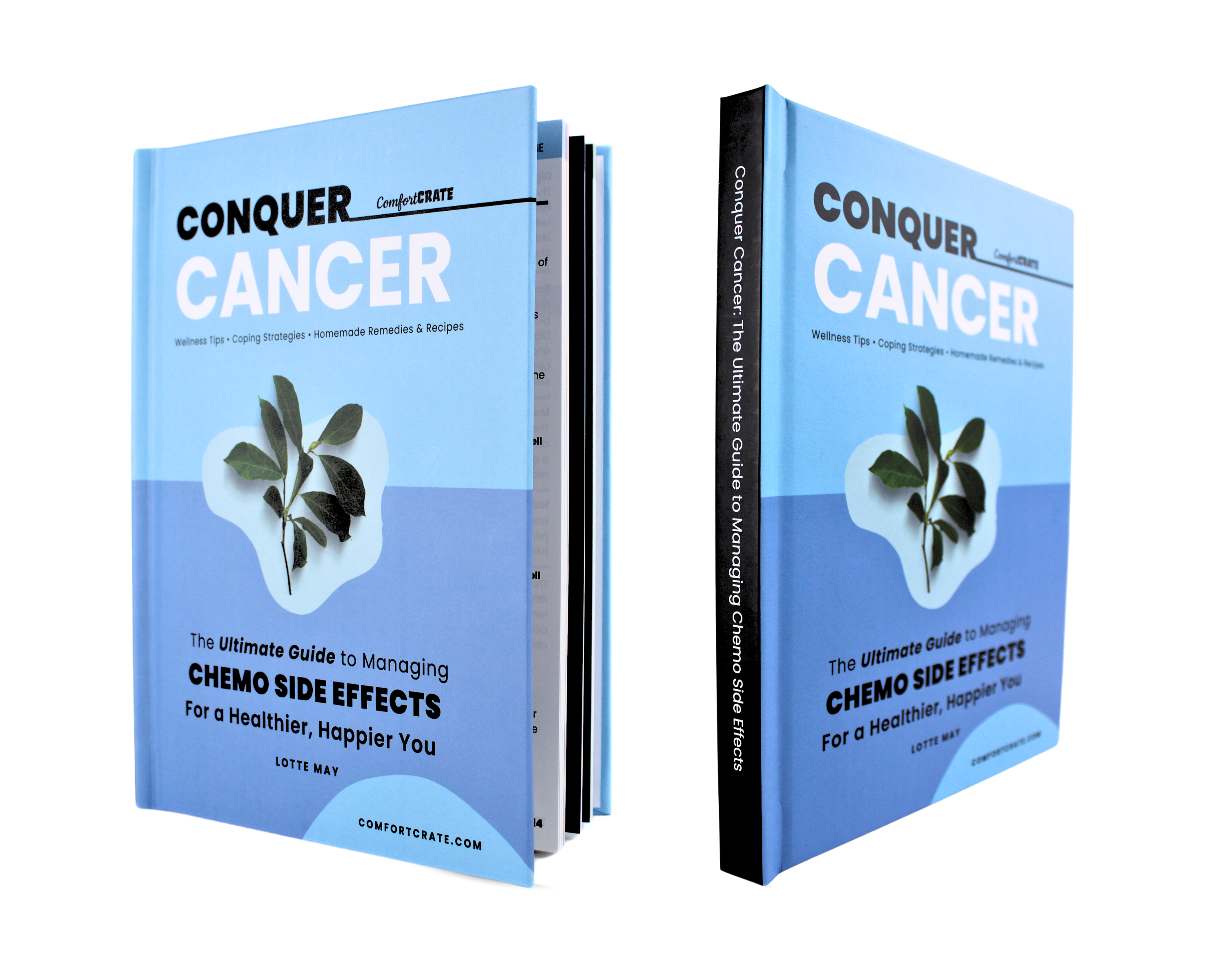
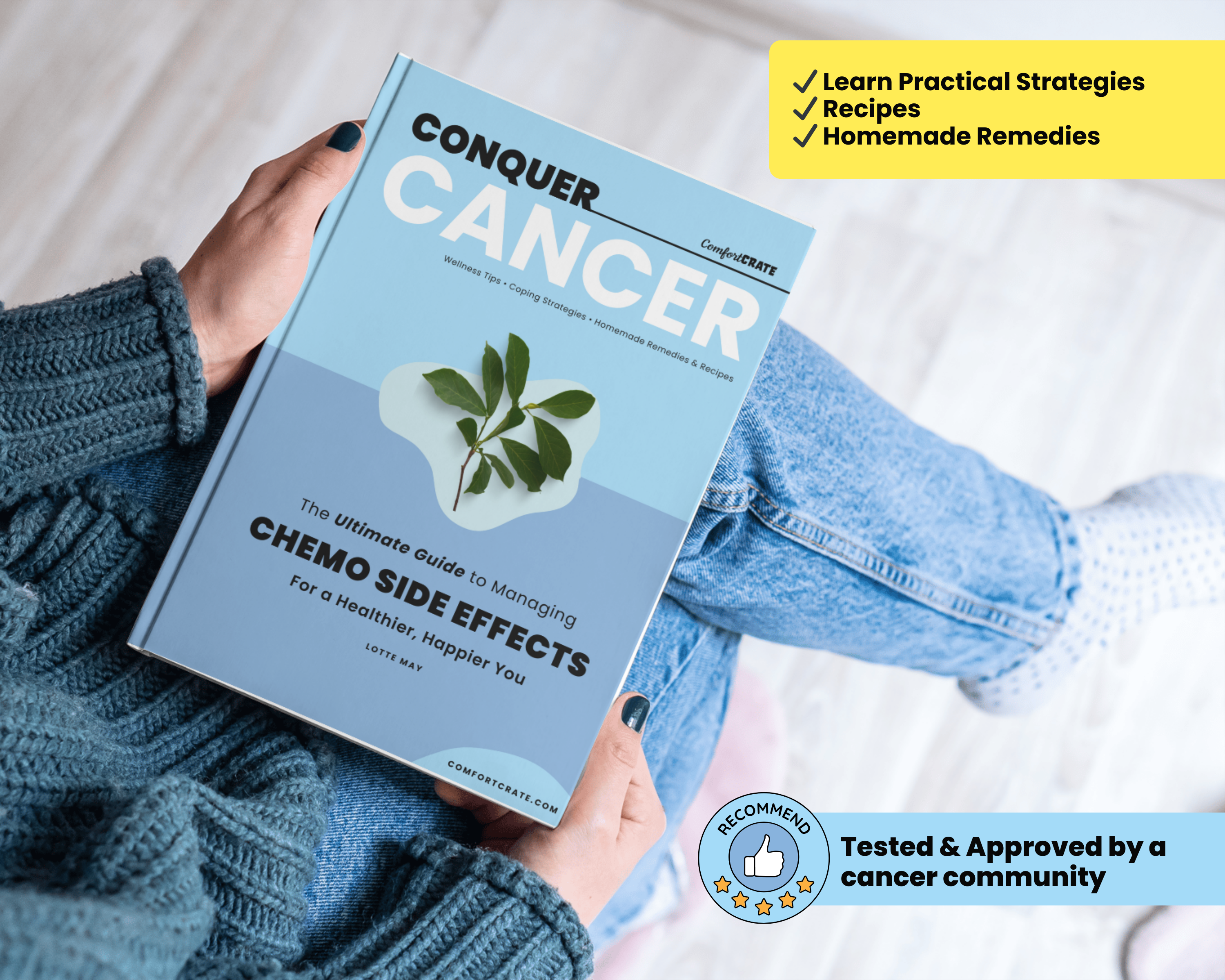
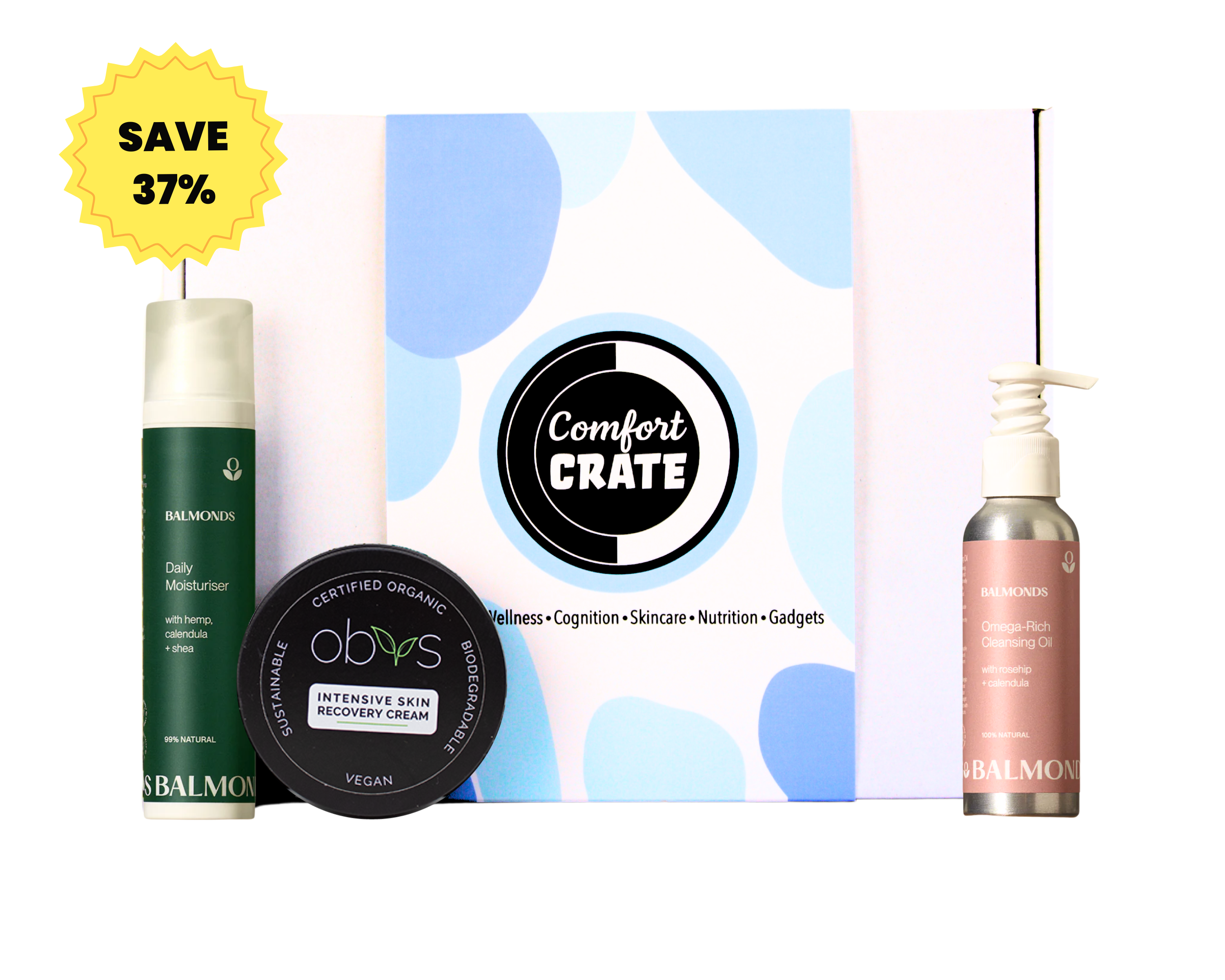
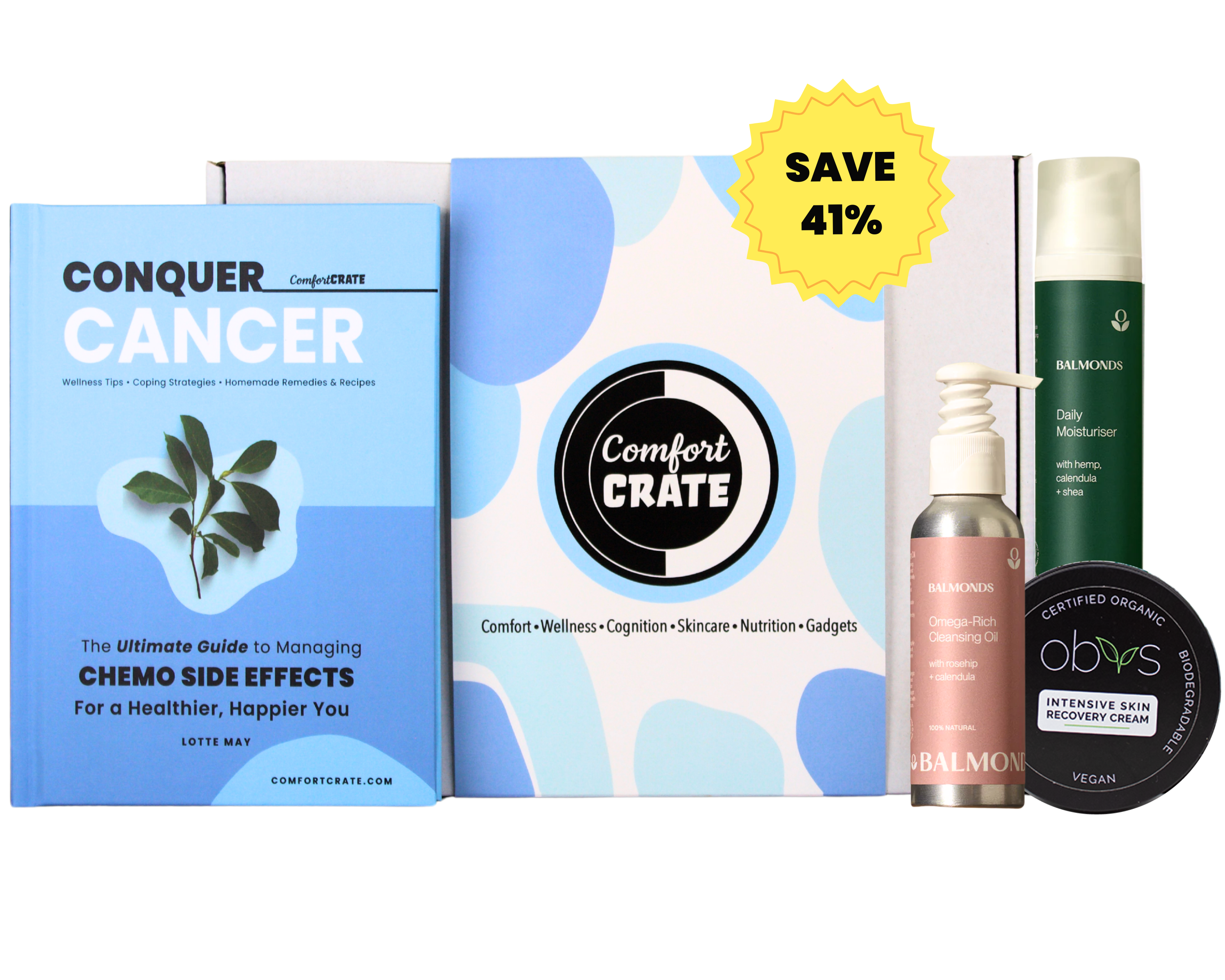
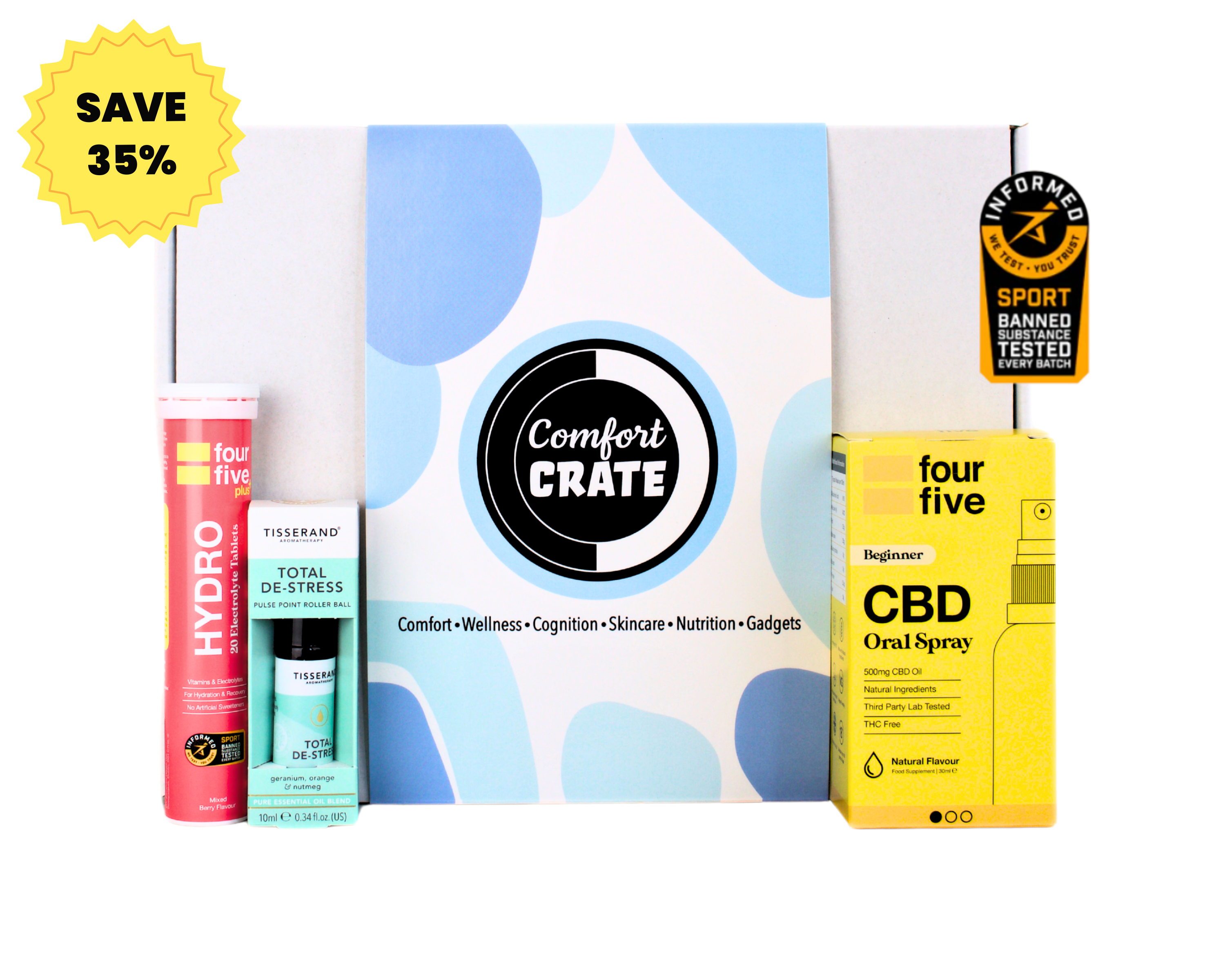
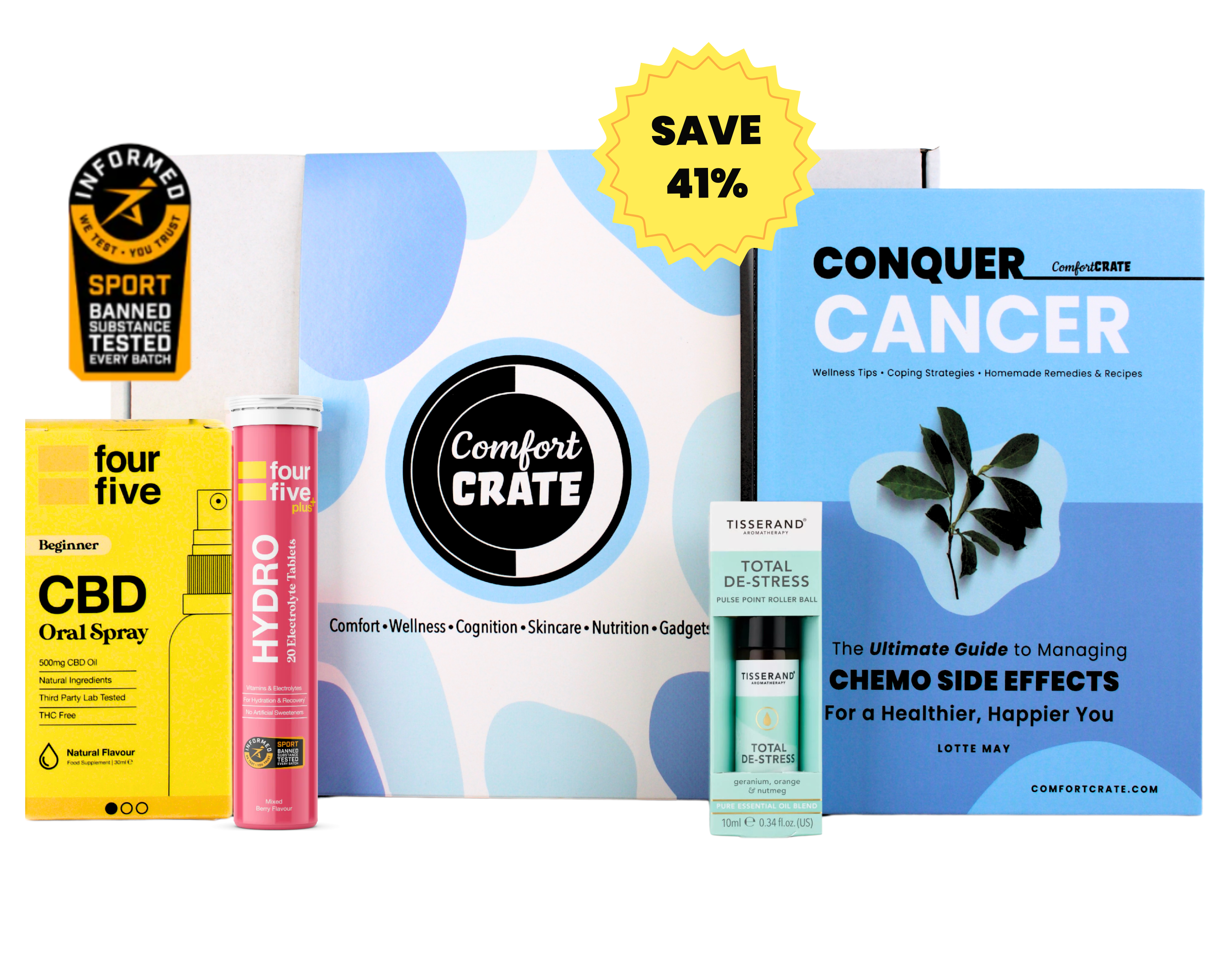
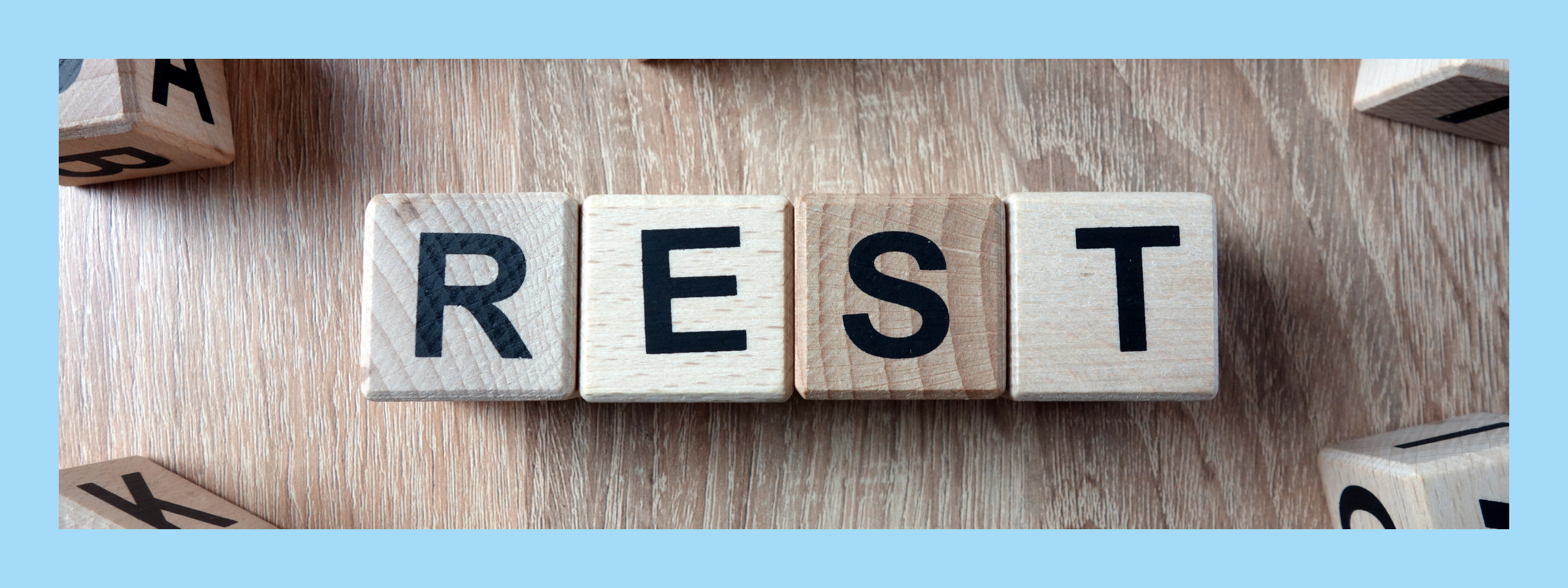
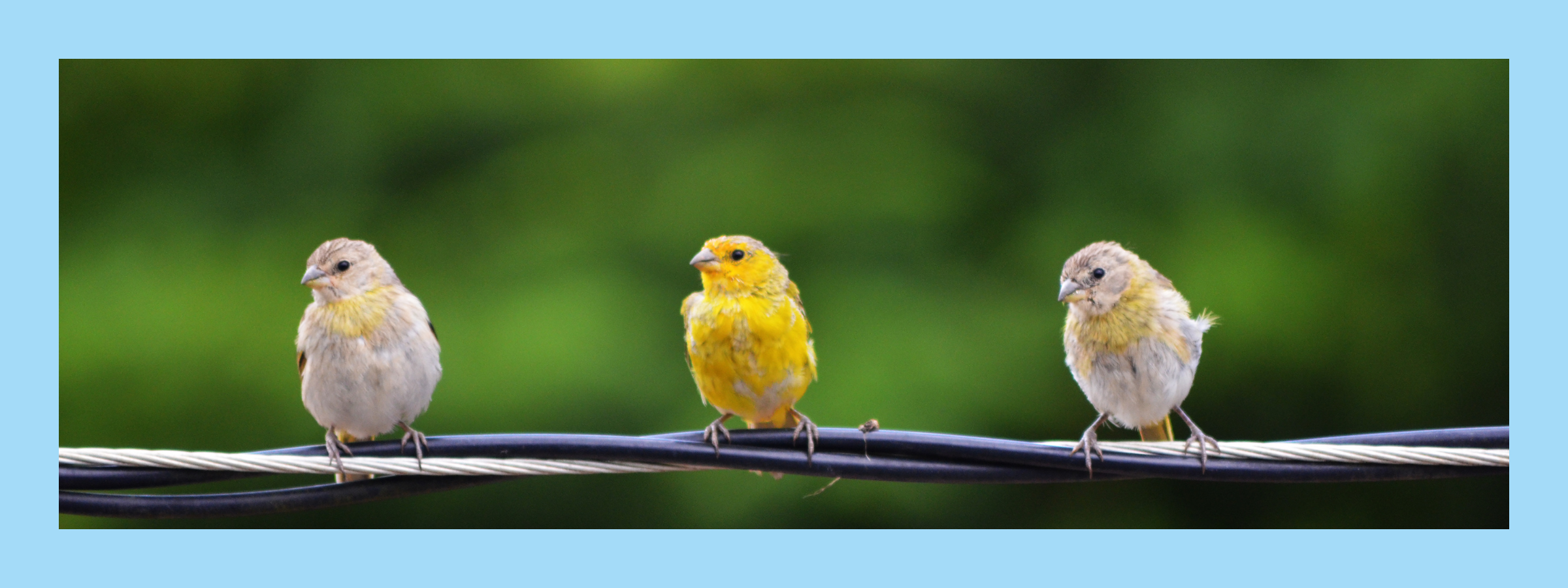
Leave a comment
This site is protected by hCaptcha and the hCaptcha Privacy Policy and Terms of Service apply.